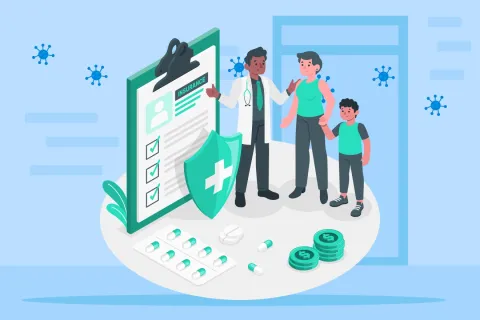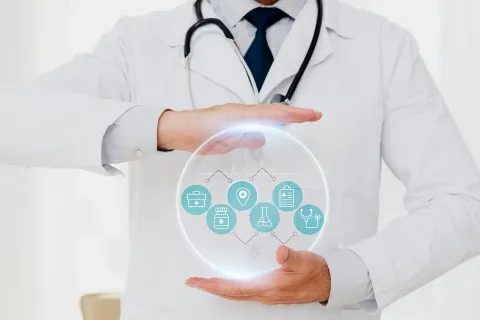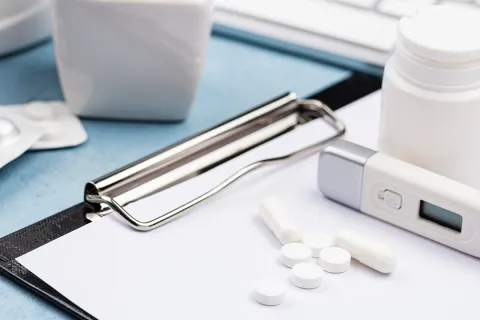
In Pharmacovigilance (PV), the examination of safety signals should be a continuous process, and Manufacturing Authorization Holders (MAHs) must have a well-defined mechanism in place to record, evaluate, communicate, and act on possible PV hazards as needed.
Global outsourcing programs have become a normal practice among international corporations. Outsourcing PV activities offer a flexible answer to the ever-changing demands of managing a specialized PV team. PV duties that are typically carried out in-house are outsourced to a specialized service provider, whether on a complete service, partial service, or project basis.SM is a proactive approach to identifying potential safety concerns before they become widespread. At the same time, PASS is a pathway to evaluate a medicinal product’s safety further after it has been approved and marketed.
Significance of SM and PASS
SM and PASS are vital components of PV to ensure the safety and efficacy of medicines. SM involves monitoring data from various sources to detect and manage safety signals related to adverse events caused by medicines. PASS provides essential information about a medicine's safety profile after authorization. The European Medicines Agency (EMA) and the MAHs are responsible for detecting and managing safety signals, with Eudravigilance being a vital source of information.
The Pharmacovigilance Risk Assessment Committee (PRAC) assesses the protocols of the imposed PASS and evaluates their results to identify safety hazards, confirm safety profiles, or measure the effectiveness of risk-management measures. The EMA publishes the protocols, abstracts, and final study reports of the PASS in the EU post-authorization study register for transparency and accessibility.
| SM | PASS | |
| Purpose | Identify new safety concerns related to medicinal products | Evaluate the safety of medicinal products under real-world conditions |
| Regulatory requirement | Mandatory as part of PV system obligations | It may be required by the Regulatory Authorities as a condition of approval |
| Study design | Retrospective analysis of safety data | Prospective or retrospective observational studies or clinical trials |
| Participants | All patients taking the medicinal product | A subset of patients or a specific patient population |
| Data collection | Analysis of spontaneously reported adverse events | Collection of new or additional safety data |
| Analysis | Statistical methods to identify potential safety signals | Statistical analysis to evaluate the safety and assess risk |
| Outcome | Identification of potential safety concerns | Confirmation or refutation of safety concerns |
Signal Management Process
SM involves detecting, evaluating, and managing signals related to adverse events or other information suggesting a causal relationship with medicinal products. The sources of data and information for SM can include quality information, non-clinical & clinical data, PV, pharmacoepidemiologic data, and scientific literature.
Signal detection is often based on the periodic monitoring of databases of suspected adverse reactions, such as MAH databases, national databases, EudraVigilance, and VigiBase. During the signal detection process, it is essential to consider the nature of the data, the characteristics of the medicinal product concerned, and appropriate sources. Clinical judgment should also be applied to the signal detection process.
After detecting a signal, it undergoes validation and further assessment process, which considers several elements such as the extent to which information on the adverse reaction is already included in the product information, the seriousness & severity of the reaction, outcome, and reversibility of the reaction.
Additional sources of information, such as the data from post-authorization safety studies, epidemiological studies, preclinical studies, and clinical trials, can provide further evidence for or against a causal association.
These sources may be considered during the further assessment of the signal, depending on their relevance and availability to each organization. Therefore, it is crucial to document the signal detection and management processes adequately.
PASS Management and Types
PASS management involves conducting studies to assess the safety of a medicinal product after it has been authorized for use. Different types of observational study designs are used in PASS management, including cross-sectional, cohort, case-control, and case-only designs.
Cross-sectional studies are useful for surveys or ecological analyses, but they cannot directly address the temporal relationship between exposure and outcome, limiting their use in etiologic research.
Cohort studies follow a population at risk for an event of interest over time and are useful for calculating incidence rates and relative risks of adverse events. However, recruiting enough exposed patients can be challenging, especially for rare products.
Case-control studies are useful for investigating the association between a medicinal product and a rare adverse event or identifying multiple risk factors for adverse events. These studies select cases of diseases or events and compare the odds of exposure to a product between them and a control group.
Case-only designs assess the association between intermittent exposures and short-term events, and confounding variables that do not change over time can be controlled.
Outsourcing PV Practices
Organizations may outsource PV practices to specialized service providers for various reasons, such as:
- A lack of in-house expertise.
- Need for cost-reduction and efficiency.
- Ensuring compliance with Regulatory requirements.
Outsourcing PV activities can allow organizations to:
- Focus on core business activities.
- Ensure patient safety and Regulatory compliance.
- Provide access to advanced technology and tools that may not be available in-house.
The PV industry is moving towards unifying separate safety applications traditionally, such as reporting, submission gateways, signal analysis, PV content management, and safety data management. Organizations need to streamline PV workflows and provide better visibility and traceability of safety data. By leveraging cloud technologies, modern solutions easily allow secure access to internal and external parties from anywhere and at any time.
A partner who can handle end-to-end safety services with ease is the key. Look no further than Freyr! As a well-established Regulatory service provider for PV, Freyr has the experience and skills to provide you with the complete spectrum of PV services.
Let’s start the journey together.









